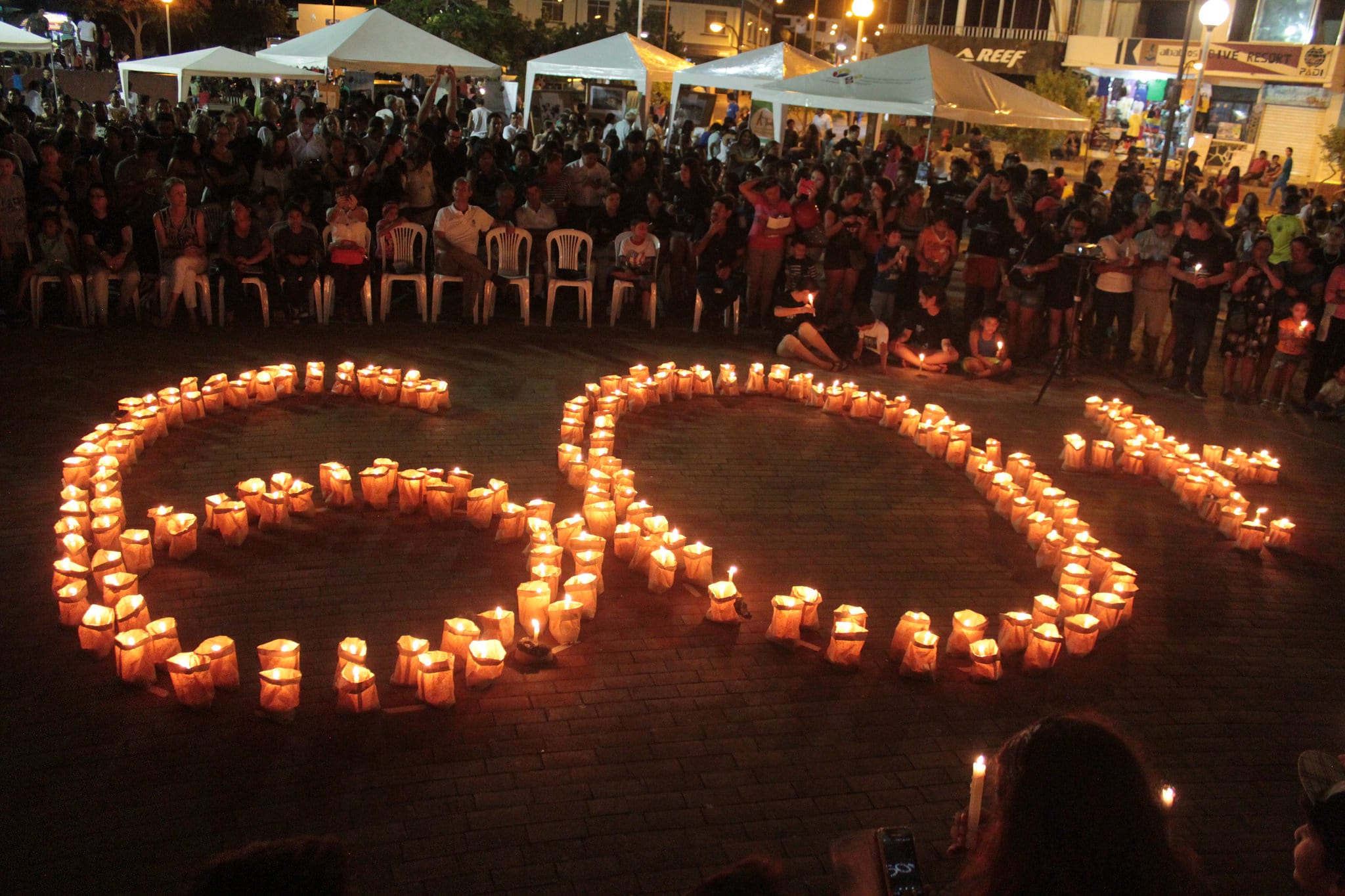2015 marked a landmark year for climate action. The Paris Agreement signed by 196 countries and regional organizations in Paris in December brought early festive cheer to individuals and communities around the world as we collectively took the first step towards a safer climate future. It has been called a historic moment and while it is definitely a milestone in climate efforts, for WWF and me personally, it is part of a journey that we set course on several years ago and we still have a long way to go.
It all started back at the Earth Summit in Rio in 1992. As global climate efforts moved ahead at a sluggish pace in the years that followed, from one COP to another, one Saturday evening in March marked a ‘switch’ when for the first time ever, people came together for the cause of climate action. Their determination and unity sparked a new global momentum, the culmination of which we witnessed recently in Paris.
The year was 2007 and in a single minute, the incredible skyline of Sydney, recognized world over, went dark. From the Royal Opera House to the Harbour Bridge, one of the world’s most bustling cities came to a standstill as 2.2 million Sydney-siders decided to take a stand for climate action. It was the world’s first Earth Hour and in an instant, the light bulb, often regarded as one of the biggest technological advances of the previous century, become the symbol of a whole new revolution, heralding a fresh era for climate action. In the years since, Earth Hour has grown from a single city moment to the world’s largest grassroots movement for the environment and as our numbers have swelled, we have seen the role technology plays in tackling our planet’s biggest environmental challenge yet.
Climate change knows no borders and technology plays an important role in ensuring that mobilization around this very cause is not limited by borders either. While one often thinks of technological innovations like solar farms, hybrids and LEDs when it comes to changing climate change, one must not forget that people are at the very heart of climate change- and climate action too. People cause, suffer from and can solve climate change and what technology does is provide them with the opportunity and tools to be the agents of change our planet needs. From lending their voice for climate-friendly policies and practices through social and digital channels to supporting critical WWF climate projects through tweets and apps and spreading awareness and rallying their social networks to create an exponential impact, technology can and has been empowering millions to be a part of climate solutions and Earth Hour’s growth and impact are testament to this.
Coupled with people’s desire for collective action on climate, technology has been the great enabler that has allowed WWF’s Earth Hour to power, drive and coordinate climate action across 172 countries and territories and during our presentation at the GEVME Xchange on 12th January 2016, we will explain just how technology makes the movement tick.
At Earth Hour, we believe the technosphere holds the key to saving our geosphere, so join us at the event to hear how you can be a part of the revolution too.








